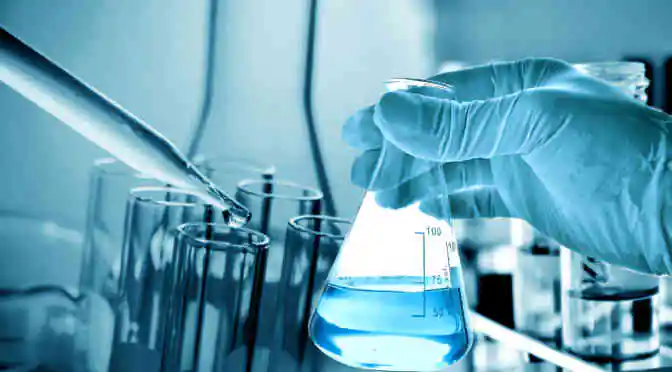From its use in the Rio 2016 stadiums, to its applications in the electronics, automotive and furniture industries, polyurethane is an extremely versatile material. As polyurethane is replacing PVC (polyvinyl chloride) in medical applications, along with the growing prominence of bio-based polyurethane, the demand for this variety of plastic has grown immensely over the past decade. According to analysts at Technavio, the global polyurethane market is poised to grow at a CAGR of around 7% by 2020.
When seen from a geographical perspective, APAC holds just shy of 50% of the global market share of polyurethane, followed by the Americas and Europe. In the APAC region, China is the largest producer and consumer of polyurethane due to the availability of raw materials, cheap labor, and a supportive local government. Additionally, as other APAC countries are witnessing growth in their automotive, furniture, packaging, footwear and electronics industries, the demand for polyurethane has also increased substantially. This is demonstrated by the fact that the polyurethane market in APAC was valued at $23.45 billion in 2015.
Some of the key drivers of the polyurethane market in APAC as identified by analysts at Technavio include the following:
High growth prospects in emerging economies
Emerging economies like India, China, and South Korea have registered high growth rates in the past five years. With changing lifestyles, rise in disposable incomes, and increasing consumerism, all three of these countries are set for higher growth prospects in the coming years. As a result, several original equipment manufacturers (OEMs) have shifted their manufacturing operations to the APAC region, thereby fuelling the demand for polyurethane.
Use of bio-based polyurethane in construction applications
The face of the global construction market is quickly changing. Traditional construction materials such as fiberglass and mineral wool have given way to polyurethane foam, which is being used as thermal insulation in buildings, in vessels for refrigerated cargo, and in lightweight products in construction and automotive applications, pipelines, and cryogenic wind tunnels. Additionally, countries across the globe are investing heavily in improving their public infrastructure; therefore, the demand for polyurethane has further increased. Economic growth along with growth in the global construction market has ultimately elevated the rate of consumption of polyurethane.
Use of polyurethane in refrigeration applications
It is predicted that the global refrigeration equipment market will be worth $40 billion by 2020. Whether for consumable products, packaged foods or medicines, refrigeration equipment is a basic requirement. When compared with polystyrene, panels made of polyurethane foam provide approximately 30-40% more insulation, making the material a far better choice for refrigeration equipment manufacturers. In addition to better insulation, polyurethane offers better moisture resistance and provides long-term, accurate, high-performance insulation in a refrigeration panel, thereby making it an even more desirable material with a great deal of potential.
Looking for a more in-depth analysis of the polyurethane market?



